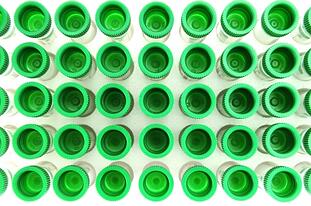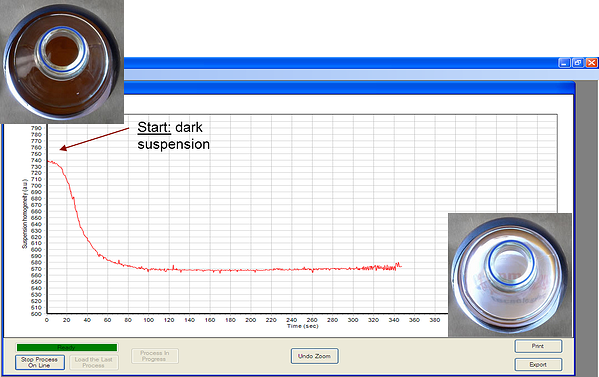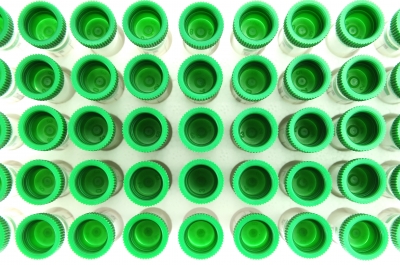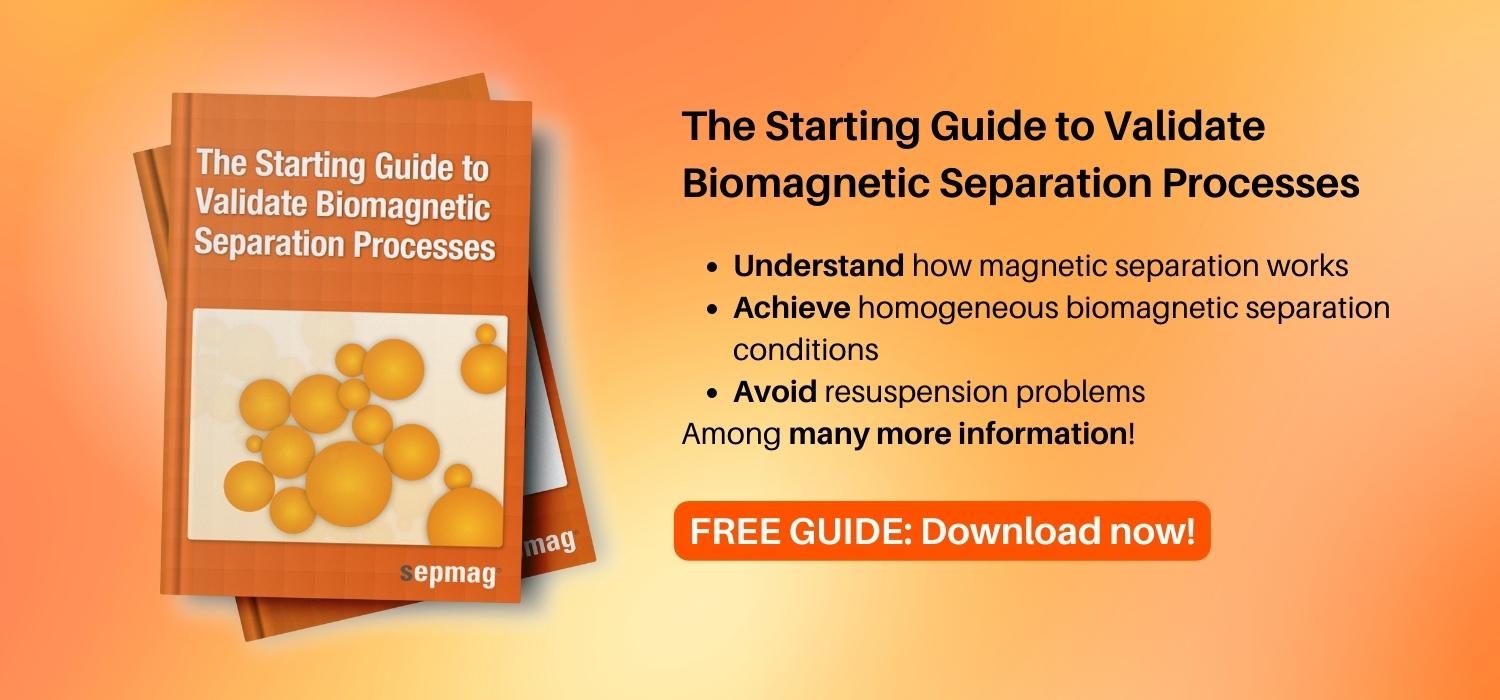Magnetic bead separation is being used in more and more applications (e.g. immunoassays, collection of genetic material, protein purification). Most of these applications are industrialized and therefore require quality control protocols, validation audits and standard operating procedures. Because of the economic implications, production mistakes are not acceptable, so products must demonstrate reproducibility in order to be viable.

This post is about magnetic bead separation and how to validate this process. If you are interested in this topic, and are willing to learn more about it, download our Free Guide The Starting Guide to Validate Biomagnetic Separation Processes:
During processing, industry enacts many control measures in order to ensure compliance with manufacturing protocols. For example, for biomagnetic separation, much effort is devoted to controlling the correct temperature, pH, size distribution of the beads, and the exact volume of the lot. Amazingly, the control enacted on the magnetic separation step of the process is merely the measurement of how long the vessel is exposed to a magnetic field, capped with a technician’s signature. If a lot does not conform to specifications, there is no way to check if there were any anomalies in the separation process itself.
How can my company validate magnetic bead separation processes more efficiently?
The following are suggestions for monitoring the separation process more effectively in order to ensure full compliance with quality control protocols:
1. Use optical sensors
Initially, a biomagnetic separation suspension is dark and murky throughout. At the end of the process, the liquid is transparent and the beads are gathered at one end of the vessel. While direct observation is important, it is not a measurement.
Optical sensors will allow you to have measurements of the change of transparency or color of the liquid throughout the entire process. The sensors make recording these changes possible, data can be graphed vs. time, and the LED lights used in the process generate light without heat (thus not interfering in the separation process).
2. Use the optical sensor records to generate standard curves and parameters
If magnetic separation conditions are homogenous, the dynamics of separation will only depend on the characteristics of the suspension (i.e. viscosity, concentration, bead size, magnetization of the beads, etc.). Using an optical sensor we can generate standard curves for these various parameters, giving a baseline for production. Defining these standard curves will allow technicians to compare processes in progress against the standard curves. Any significant deviations of the parameters will show a clear modification of the curve. This allows quick visualization of errors early in production.

If you found this article interesting and want to get a deeper insight in the topic of magnetic bead separation, make sure to check these articles from our blog:
- 4 steps to validate the homogeneity of your biomagnetic separation process
- The 2 basic points for understanding how magnetic separation works
- How to avoid resuspension problems during biomagnetic separation processes
Image courtesy of Suat Eman / FreeDigitalPhotos.net






